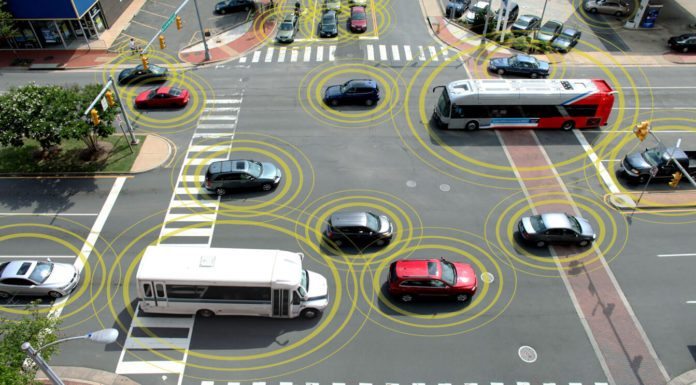Designs of today’s cities seem to center around the vehicles, big corporations, and technology infused in virtually all aspects of life. When it should ideally be centered around human, quite surprisingly, it’s the other way round. There are fewer sidewalks for people to use and not enough bike lanes. Residential neighborhoods dictate how highways are built. Traffic ends up only increasing, even with big companies and corporations and the brains behind them working relentlessly developing plans to manage the traffic. Some of the ideas are truly out of the box. For example, Elon Musk envisions hyperloop that enables travel in tunnels under cities, Uber is proposing flying cars.
One of the most radical ideas comes in the form of autonomous vehicles. But giving just about everyone access to self-driving cars could end up causing more traffic. Almost anyone could have a car without needing a driver’s license. Some individuals could even lengthen the drive just for fun such as catching up on a favorite show. It’s crucial, therefore, for urban planners and transportation companies to start including autonomous vehicles (AV) in their planning. Even The National Association of City Transportation Officials (NACTO) has taken self-driving cars into account in their 50-page blueprint of the Promised Land.
NACTO’s Vision of the Promised Land
NACTO’s Promised Land doesn’t just focus on new software technologies. According to NACTO board member Janette Sadik-Khan, in addition to software driving the autonomous vehicles, there is a need to update the design of the roads and infrastructure as well. She emphasized the need for urban planning to be human-centric, unlike previous designs that put companies and technologies first. In its transportation plans, NACTO employs resources that use research so cities can build roads that are both faster and efficient. At the same time, transportation systems are planned in an equitable manner. The organization’s recommendations are very specific to the street design guide, and the same goes for this Promised Land.
The Promised Land is home to thinner vehicle lanes, given that self-driving cars no longer contain distracted drivers. That would leave more space for individuals to walk, bike, and even loiter around. Parks would replace the spaces once occupied by parking meters as individual drivers no longer exist. To decongest the said lanes, various vehicle types and services could occupy the “flex zones” throughout the day. More vehicles travel through during rush hour, while delivery vans occupy the curb space during delivery hours. Night time would have a space reserved next to bars for picking up and dropping off travelers from taxi cabs.
Autonomous Vehicles as Part of the Design
Pedestrians also don’t have to worry about speeding cars. They no longer have to walk to the next stoplight for safe passage, according to Mollie Pelon, overseer of NACTO’s technology and city transportation program. Autonomous vehicles can actually provide a solution to the current situation rather than worsening it. It’s all about planning things accordingly and ensuring the design prioritizes human beings. Self-driving cars could soon become a reality and quickly become a popular way for everyone to commute around. It’s high time the city planners and transportation companies start making right provisions and plans for a better future.


















